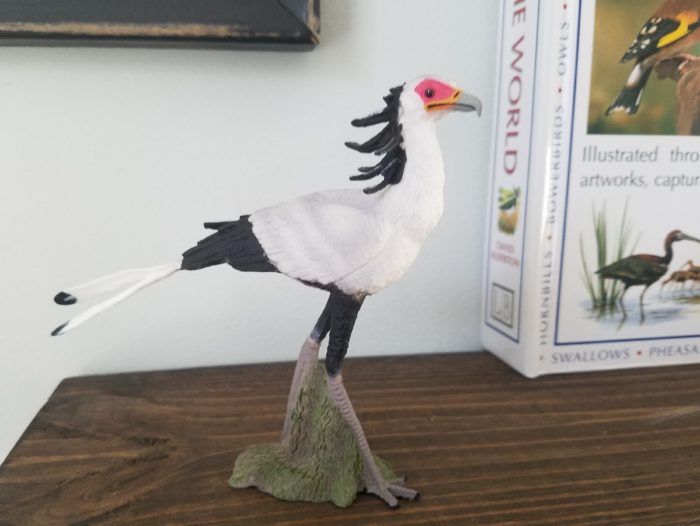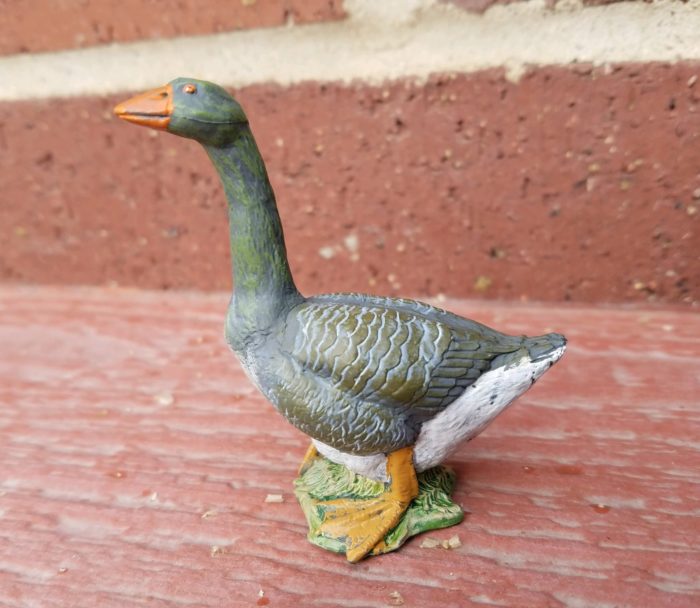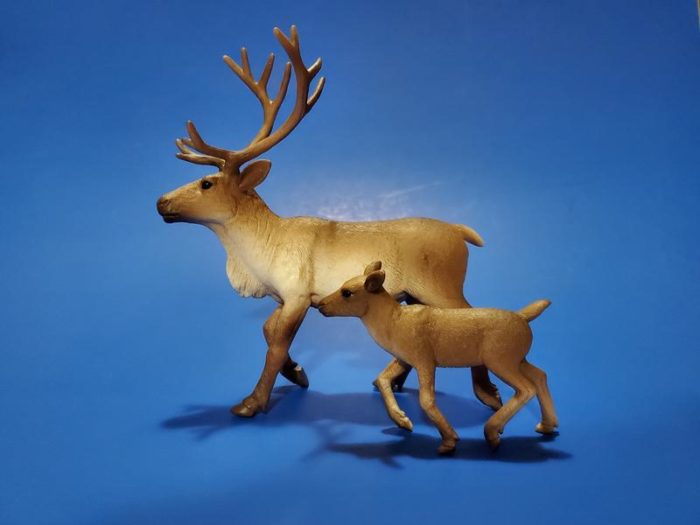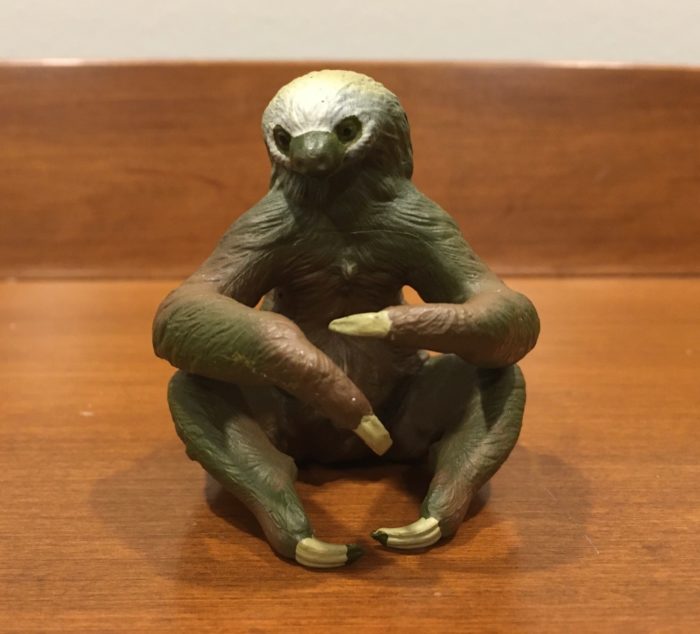An unusual commercial toy of an unusual fish
Welcome to a new year, and I’m starting with a bit of a memorial piece. Today I will discuss the American Paddlefish–in honour of the recently-declared-extinct Chinese Paddlefish Psephurus. Unfortunately…there are no figures of that particular animal at all–and not that many images out there either (most of the news reports featured pictures of the American paddlefish).















